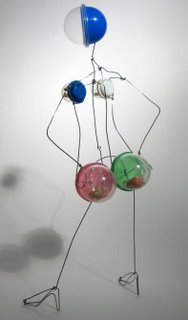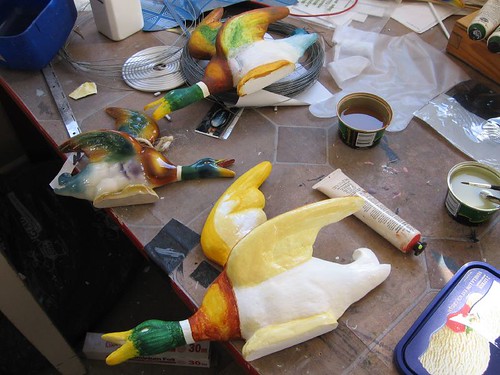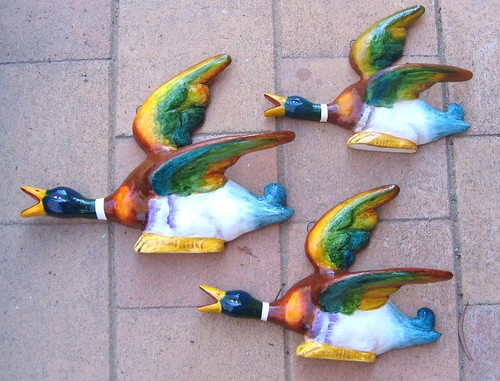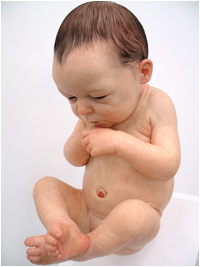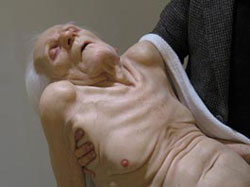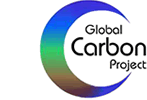
A new analysis by Global Carbon Project scientists shows that carbon intensity in the world economy is increasing. While emissions of carbon dioxide (CO2) are accelerating worldwide, we are gaining fewer economic benefits from each tonne of fossil fuel burned. A study being published this week in the Proceedings of the National Academy of Science shows that CO2 emissions increased by 1.1 % per year through the 1990s but the rate of increase jumped to 3 % per year in the 2000s.
In Can climate change get worse? it has The Age looks at the implications for Australia from the same data, quoting Dr
Michael Raupach (senior CSIRO scientist and co-chairman of the Global Carbon Project, who led the international research).
The Age: CO2 emissions speed up over 2000: study
AM: Carbon emissions rise at twice the world rate (audio interview and transcript)
SMH: Australia’s carbon dioxide emissions twice world rate
Update:
The CSIRO media release provides a summary of the Australian focus in Background: Australia’s CO² Emissions in the Global Context:
Australia, with 0.32 per cent of the world population, contributes 1.43 per cent of CO² emissions from fossil fuels. In a global context, and particularly in comparison with other developed regions (the USA, European Union and Japan), these emissions rank as follows:
-
- Australia’s per capita emissions in 2004 were 4.5 times the global average, just below the value for the USA.
- Australia’s carbon intensity of energy (amount of carbon burned as fossil fuel per unit of energy) is 20 per cent higher than the world average, and 25 to 30 per cent higher than values for the USA, Europe and Japan. Therefore, the energy efficiency of fossil fuel use is significantly lower in Australia than in these other developed countries.
- Australia’s carbon intensity of GDP (amount of carbon burned as fossil fuel per dollar of wealth created) is 25 per cent higher than the world average. It is a little higher than the USA and nearly double that of Europe and Japan. Therefore, the overall carbon efficiency of the economy, per unit of fossil fuel used, is about half that for
Europe and Japan. - Over the last 25 years, the average growth rate of Australian emissions was approximately twice the growth rate for world as a whole, twice the growth rate for the USA and Japan, and five times the growth rate for Europe.
- The rate of improvement (decline) in the carbon intensity of GDP for Australia is lower than in the USA and Europe.
(Disclaimer: Michael is my husband)

